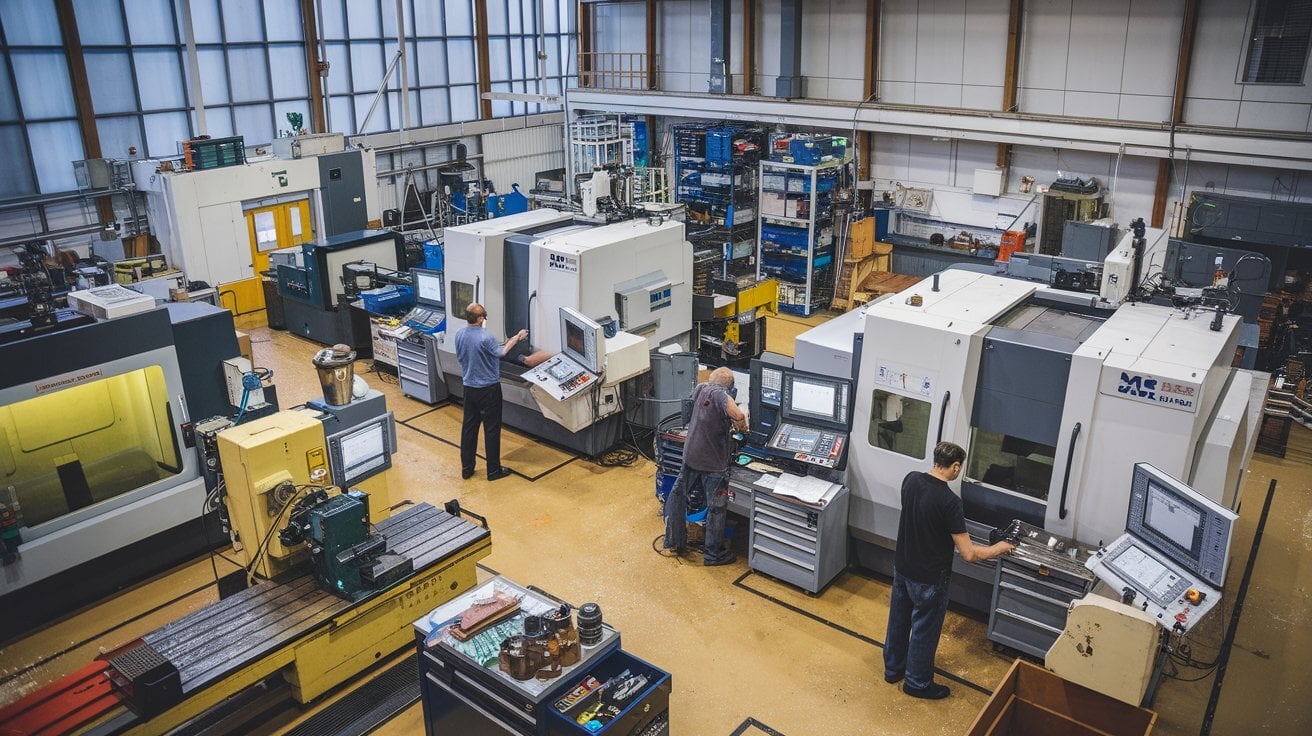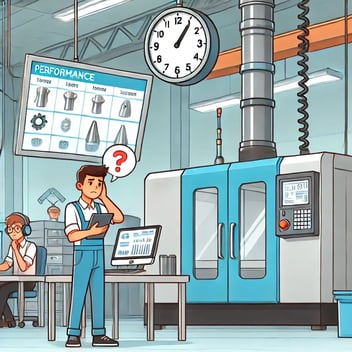
How to Improve Operator Productivity on the Shop Floor
Introduction
In today’s fast-paced manufacturing world, improving productivity isn’t just about working harder; it’s about working smarter. On the shop floor, where every second and every movement counts, operator productivity plays a key role in output, quality, and ultimately, profitability.
Improving productivity requires a balance between people, processes, and technology. From smart factory innovations to practical layout adjustments, even the smallest improvements can lead to major results.
How to Improve Operator Productivity on the Shop Floor
1. Streamline with Lean Manufacturing Principles
One of the most effective ways to boost productivity is through the lean approach. It focuses on eliminating waste, whether time, motion, materials, or effort, and emphasizing activities that add value.
Start by identifying the 8 types of waste (defects, overproduction, waiting, underutilized talent, transportation, inventory, motion, over-processing), then redesign your workflows.
Practical tips:
-
Map value streams to locate time losses.
-
Apply 5S principles to keep the workspace clean, organized, and efficient.
-
Standardize repetitive tasks.
-
Train operators to identify and eliminate waste.
Lean empowers operators and improves cycle times by reducing errors and increasing motivation.
2. Redesign the Layout for Better Flow
Productivity can often suffer because of poor shop floor layout. Unnecessary movements or poorly positioned shared stations hurt efficiency.
Optimization ideas:
-
Place the most-used tools and materials close to workstations.
-
Create work cells based on product families.
-
Minimize interdepartmental crossings.
-
Use visual markings and signage.
3. Embrace Smart Factory Technology
Even without full automation, technology can significantly boost productivity:
-
Real-time dashboards: to display performance and KPIs.
-
Production tracking: integrating CNC data and manual interventions.
-
Digital work instructions: with visuals, animations, and checklists.
-
Augmented reality & wearables: to guide complex tasks.
4. Set Clear Goals and Empower Teams
Daily targets, clear SOPs, and visual tools are essential. At the same time, give operators the freedom to adjust and escalate issues. Trust fosters engagement, which drives performance.
5. Reduce Downtime with Better Inventory Management
Lack of parts or tools can slow everything down. Use systems like:
-
Kanban or barcodes for just-in-time restocking.
-
Cycle counts to maintain accuracy.
-
Point-of-use inventory.
-
Usage analysis to avoid stockouts or overstocking.

6. Invest in Continuous Training and Cross-Skilling
Well-trained operators work faster and better. Encourage cross-training to create flexibility.
Best practices:
-
Integrate micro-training into shifts.
-
Track skills using a competency matrix.
-
Gather on-the-floor feedback.
-
Provide clear career development paths.
7. Automate Intelligently
You don’t need robots, even simple, repetitive tasks can be automated:
-
Order routing.
-
Part transfers via conveyors.
-
Automated quality checks or labeling.
Partial automation frees up operators for more value-added tasks.
8. Promote a Culture of Ownership and Recognition
The root problems aren’t always technical, they’re often cultural. Motivate your teams by:
-
Doing daily Gemba walks.
-
Making progress visible on boards.
-
Offering small bonuses.
-
Celebrating improvements.
9. Use Data for Continuous Improvement
Track the right indicators:
-
Hourly output.
-
Machine uptime.
-
Setup/changeover times.
-
Scrap and rework rates.
-
Labor cost per unit.
Use your ERP or production tracking tools to automate monitoring. Even Excel can be effective if used properly.
Conclusion
Productivity isn’t about pressure; it’s about creating the right conditions: the right tools, the right information, and a motivated team.
Start small (scheduling, inventory, machine tracking), improve consistently, and you’ll see compounding results.





